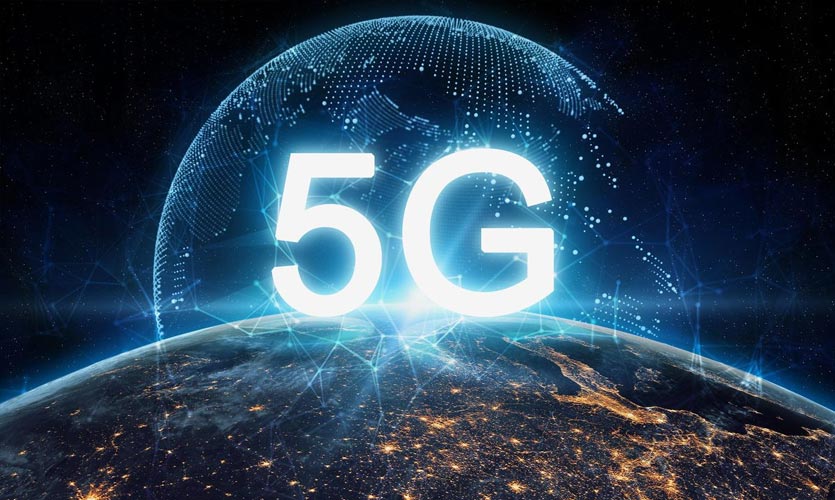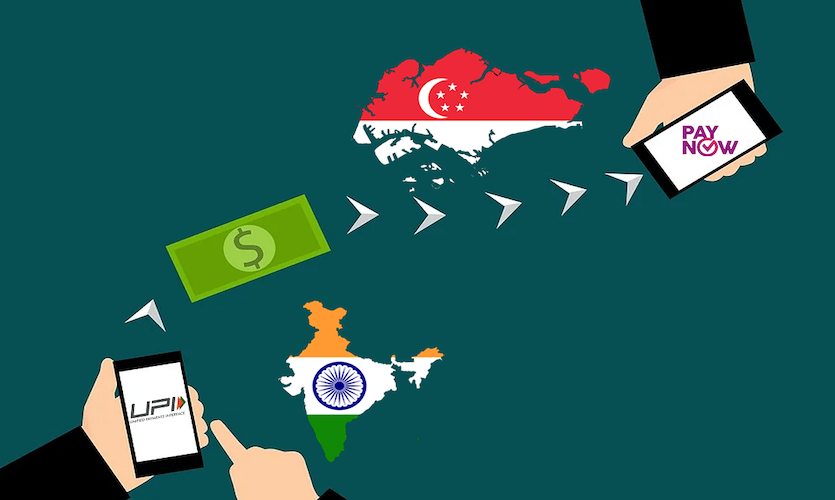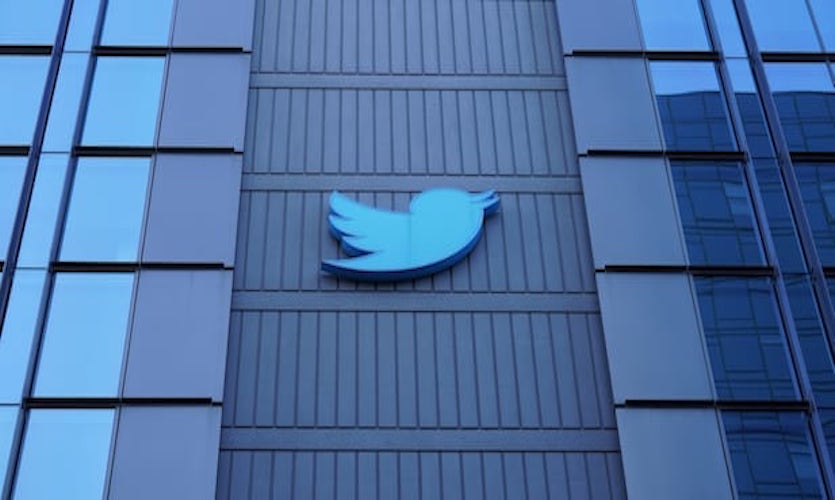“We just want to know that it is safe for children, pregnant women, unborn children, for people who are old and infirm… for flora and fauna. That is all we’re asking,” said actor Juhi Chawla about losing her lawsuit in Delhi against the advent of 5G. The original petition filed by Juhi Chawla, Veeresh Malik, and Teena Vachani stated that 5G’s implementation in India might cause irreversible damage to the environment. The theory of serious biological damage does not have enough supporting studies, although one can assume this. In any case, the 5G issue goes beyond what Chawla alleged in her petition.
The Impact Of 5G On The Realm Of Technology
The 5G acronym refers to the fifth generation of mobile networks, which means there is a new global standard for telecommunications and internet. Qualcomm explains that 5G will enable a new kind of network that connects people, machines, objects and devices. It will also have ultra-low latency, which is ideal for zero lag, and large capacity and high reliability of the networks.
Consumers using different networks should experience a uniform level of data speed while using 5G. Mobile data and data speed will be transformed with 5G technology. It is possible to get internet speed comparable to corporate Wi-Fi even in remote villages when using 5G. There is no single organisation that is responsible for 5G, but there are several companies that contribute to making 5G a reality.
A 5G network relies on Orthogonal frequency-division multiplexing (OFDM). This method of modulating a digital signal across multiple channels reduces interference. 5G broadband is designed to deliver faster, more reliable mobile broadband services than 4G LTE and to open up new areas of service, such as connecting the global IoT (Internet of Things). A new self-contained design for TDD subframes underpins the 5G new radio (NR) air interface.
The Benefits Of 5G Technology At A Global Level
Global growth is being driven by 5G, according to Qualcomm. Researchers found that 5G could result in up to $13.1 trillion in goods and services globally by 2035 when its full economic benefits have been realised. Compared to previous network generations, this will have a much greater impact. It’s also apparent that 5G requirements are now extending beyond traditional mobile players to include sectors like the automotive industry. In addition to this, the 5G value chain could create up to 22.8 million jobs, or more than one job for every person in Beijing, China. In addition, there are many new and emerging applications still to be developed. There is no way to determine how the “5G effect” will affect the economy until enough time passes. There is a huge transition occurring in India’s smartphone market, and it is likely to grow in the coming years. The promise of more entertainment and access to the world around is closer to people with high-speed data connections on 4G networks. In light of the fact that technology affects nearly all aspects of our lives, we must stay apprised of technological advancements to better the lives of citizens, and to keep up with global developments.
What Does 5G Technology Mean For India?
Business World reports that DOT and the telecom regulators are simultaneously developing a spectrum plan to facilitate global spectrum allocations for 5G and spectrum harmonisation.
Despite the progress of 5G, it is clear that the vast network infrastructure required to support the technology is not yet in place, and could pose yet another impediment on the way. According to Ericsson ConsumerLab, at least 40 million smartphone users could adopt this technology in its first year. Indian telecom networks need to be upgraded from copper to optical fiber in order to enable the fifth generation services, a process known as fiberisation, which requires fewer towers spread over a larger area.
Only a little over 30 percent of India’s towers are connected by fibre, which experts say, needs to expand to 60-70% to serve 5G requirements. According to the National Broadband Mission, which was launched in December 2019, about 70% of the country’s towers will be fiberised by 2024. The mission involves laying an incremental 2 million kilometres of optical fibre cable and increasing the tower density from 0.42 to one tower per 1,000 people.
The Hazards
A report by Down to Earth, in conversation with Paul Heroux, professor of toxicology and health effects of electromagnetism at the Department of Surgery at McGill University, Canada, indicated that 5G will promote cell phone use and therefore, human exposures to phones and base stations. As a result of smaller penetration depths, higher frequencies will concentrate radiation in a smaller portion of the human body. According to Heroux, having a world fully automated by 5G technology may impact cancer rates, neurological disorders such as electrical hypersensitivity (EHS), and diabetes rates. “Children are particularly at risk,” added the professor.
“The internet of things is an invasion of privacy primarily optimised for spying and should be framed with restrictions that protect private information and the right not to be irradiated by EMR,” said Heroux. Apart from health, privacy is a major concern. AI and machine learning technologies will be used largely in managing 5G networks. A large amount of data is analysed by these technologies. It is possible for a malicious actor to manipulate the data to poison the system. The 5G technology would require more transmitters to be connected, which would give birth to cyberattackers. The attackers will therefore have a much wider selection of targets as a single compromised cell could pose serious problems for the entire network. As traffic increases, there will also be a growing number of connected devices that need to be protected.
Read more about the inconsistent country-wise legality of cryptocurrency.
The Logistics
As reported by the Economic Times, “5G network rollout across India will require 1.3 lakh crore – 2.3 lakh crore, of which 78,800 crore – Rs 1.3 lakh crore is estimated for metro cities and A circles.” In the meantime, Reliance Jio is expected to invest ₹28,900 crore, Bharti Airtel will invest ₹12,900 crore, and Vodafone Idea will spend ₹8,300 crore to procure 4G spectrum. An investment of ₹10,000 crore would be needed for the entire 5G rollout in Mumbai alone. In Mumbai, it will require ₹8,400 crore to acquire 100 MHz mid-band spectrum based on telecom regulators’ reserve prices. The report stated that assuming 19,000 sites are needed for coverage at the cost of ₹2 million per site, the overall capex would be ₹1,800 crore.
Even though the interest is sky high, it is important to consider whether the infrastructure for installing 5G technology in India is capable of meeting the needs of rural and urban populations. Indian Express reports that a number of private telecom players, including Reliance Jio Infocomm, Bharti Airtel, and Vodafone Idea have urged the government to give them a clear roadmap for spectrum allocations as well as 5G frequency bands, so they can plan their service rollouts accordingly. In particular, Bharti Airtel and Vodafone Idea have been unable to flow cash and adequate capital, while Reliance Jio plans to roll out an indigenously constructed 5G network in the country by the end of this year. It has prepared an end-to-end 5G solution that can be deployed as soon as the networks are in place, according to the company. Additionally, the solution is available for purchase as a consolidated service by other telecom operators.
Does It Make Sense To Pursue 5G?
So long as telecom giants are able to set up their base stations anywhere on roads close to homes and the public has no recourse, the debate will be to no avail. Everybody wants high-speed internet to grow in line with the inevitable development of mankind. While some believe it’s for the greater good of mankind, 5G technology could possibly serve just a small portion of it.









